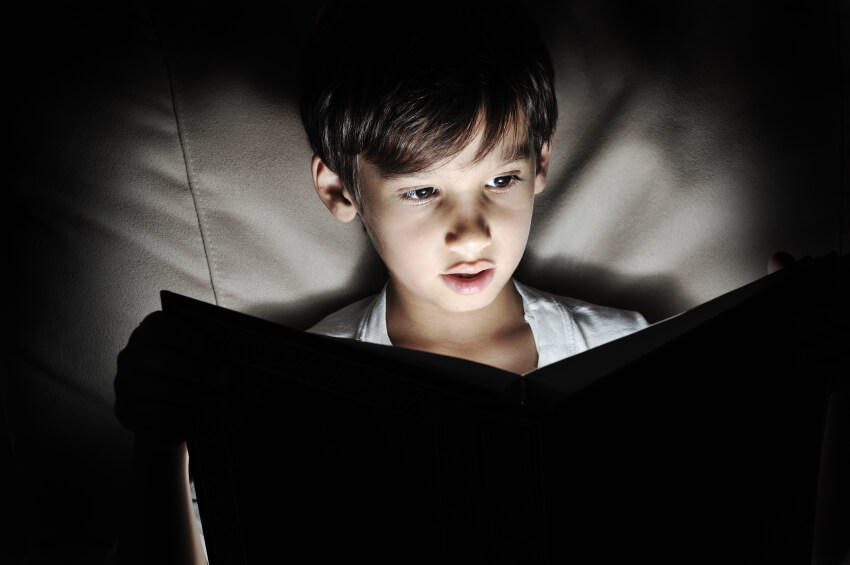Human eyes are ingeniously designed to adjust to various light levels. In case an individual is trying to read in low light; his pupils dilate so as to take in more light through the lens and into the retina. There are many cells present in the retina, known as cones and rods, which consume light to transmit information to the brain.
When we strain our eyes to read a book in low or dim lighting; our eyes automatically adjust to the lighting conditions. However, this strain can give way to several uncomfortable conditions such as headaches and migraines.
Similarly, when an individual tries to view something close-up, for instance during sewing or reading a book; the eye muscles lengthen the area called the vitreous chamber; which is the gelatinous bulk of the eyeball located between the retina and the lens.
You would naturally squint and place the book as close to your eyes as comfortable to be able read. However, while doing this may make it convenient to read in low light; the ciliary near the eyes lens contracts. This is the reason why many of us get a headache reading or watching TV in dimly lit environments.
A large percentage of eye doctors and optometrists believe that such discomfort does not pose any risk to your eyesight nor will it cause any harrowing problems such as poor focus. However, a few doctors believe that increased strain can make an individual to become a candidate for suffering from nearsightedness.
A research studying the effects of reading in low light indicate that reading in the dark signals undeveloped eyes to develop in the wrong direction. This is an important factor since our eye shape can influence our vision.
Not many people know that nearsightedness occurs when the eye grows to be overly elongated. Roughly all infants are farsighted when they are born. This is because their eyes have not yet attained the appropriate shape. In a completely grown eye, the light enters into the pupils and lands on the point of highest perception in the fovea (the back of the eye).
Unluckily, there is still not much evidence to prove the long-term effects of reading in low light. All research comprise of bits and pieces about how it can cause problems such as blurred vision, headaches and discomfort.
Interestingly, a large chunk of research on the subject has focused on the effects of viewing things up-close, instead of observing the effects of reading in mediocre light.
Final Thoughts
Researchers also suggest that adequate exposure to ambient or sunlight will enhance dopamine production in the brain, which has a direct effect on the growth of our eyes. Several studies have suggested that being outdoors can have a positive impact on our eyes. Researchers are convinced that playing sport outdoors helps children to concentrate on distant objects. It doesn’t matter what kind of activity they are doing as long as they are out in the daylight.
Moreover, data reveals that genetics also have a huge part to play when it comes to being a myopic.




